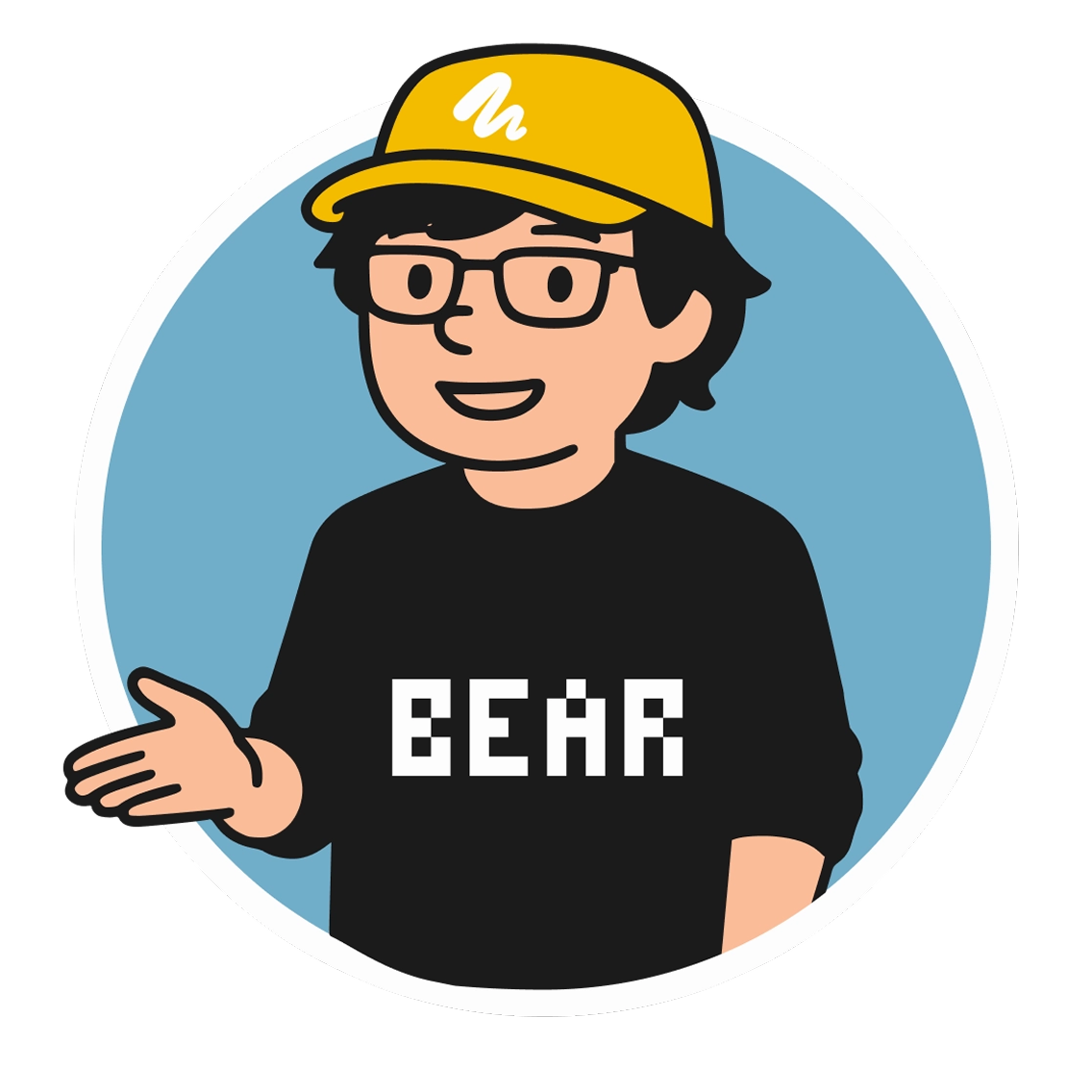#61 / Build your personal research repository…and becomes a Youtuber!
A Week of Experiments and Insights
This week has been packed with new experiences and discoveries, and the title of this post—while it might seem a little cryptic—perfectly captures the two major themes that shaped the past few days: building a research repository and stepping into the world of YouTube content creation.
Let me explain.
The idea of creating a research repository comes from my recent experiments with organizing the wealth of in-depth documents generated by ChatGPT Pro during deep dives into various topics. As AI continues to evolve rapidly, staying on top of new developments—like those unveiled this week at events such as Google I/O and the launch of Claude 4—requires a better, more structured system for storing and referencing this knowledge. I’m actively exploring how to refine that approach, knowing full well that adaptability is key in such a fast-paced environment.
On the other hand, the “YouTuber” part of the title comes from a new adventure I embarked on this week. I had the opportunity to attend a YouTube-focused workshop at Google’s Auckland office—yes, as a YouTuber. It was an incredible learning experience. We covered everything from tech strategy to content development, and the level of detail and data-driven planning involved was eye-opening. It reminded me a lot of design work: behind seemingly simple content lies a world of intricate planning, careful scripting, and constant iteration based on analytics.
It was a chance to meet some amazing creators and think more seriously about how I might explore this space further. There’s real craft in what successful YouTubers do, and I’m excited by the possibility of merging that with my existing work.
And of course, I’ll be diving into the latest big announcements from Google very soon—so stay tuned for that in an upcoming post.
Build a research repository for ourselves
We know that as a designer or researcher, a research repository is really handy.
And how about we build a research repository for ourselves?
I did this experiment--turns out it works way better than I expected.
I've been using ChatGPT Pro's Deep Research feature lately, and honestly, it's insanely powerful. You can dig into books like Atomic Habits, or explore super niche topics like "how designers and PMs can collaborate better."
But here's the problem:
I wasn't using up all my monthly credits. And worse--I had no system to manage or revisit the research I generated.
So I built a simple workflow using:
→ MWeb Pro (for writing)
→ Hashnode Docs (for publishing)
→ Tally.so (to collect requests)
Now I've got a clean, organized research repository that I can share with others for free.
In my latest video, I walk you through the whole setup--how it works, how you can build your own, and how to even submit your own research requests.
Becoming a design youtuber?
My 'Youtuber' post on LinkedIn
The Art of Not Naming Your Layers
Just watched the talk “The Art of Not Naming Your Layers” by Inga Hampton at Config 2025. She’s from Ireland and currently designing for Raycast. What really stood out was how she manually crafts her illustrations in this very old-school, analog way - and it’s honestly so satisfying to watch her process.
She has what she calls “chaos file management,” meaning… no layer naming. At all. Total chaos. And yet it works for her. She talked about how she grew up interacting with a lot of physical materials, so she really understands physical textures and forms - and that influences her digital work in a deep way.
That part really hit me: learning from the physical world to inform digital design. It’s such a strong insight. If you understand how things feel and work in the real world, it gives you a huge advantage when creating digital experiences. For example, depth, shadow and lighting. That connection between the tangible and the digital - it’s something we sometimes forget in tech.
Another thing I admired was how confident she was in sharing all this. It wasn’t about perfection - it was about play. She talked about how she “loses herself” in the design process, dropping that self-awareness and just playing. It’s not about speed; it’s about satisfaction. That really resonated.
Also, I have to say - I loved her slide design. Actually, every designer’s slides at Config 2025 were next-level. Seriously, each one felt like a mini masterpiece. So unique, and nothing like your typical corporate decks. Definitely planning to spend some time studying them. So much to learn!
Hello, I’m Bear—a product designer, UX mentor and an award‑winning bilingual podcast host, currently living in Auckland, New Zealand. I enjoy sharing insights from my work, life, and study, helping all of us grow together.
Bear Academy Newsletter is my weekly email packed with thoughts on technology, design, and productivity—featuring book breakdowns, learning tips, and career reflections.
Find me here:





